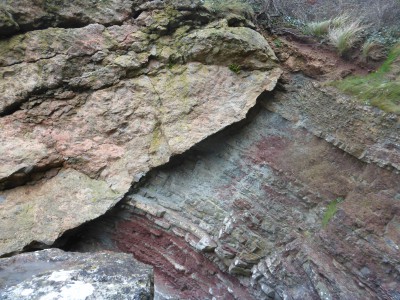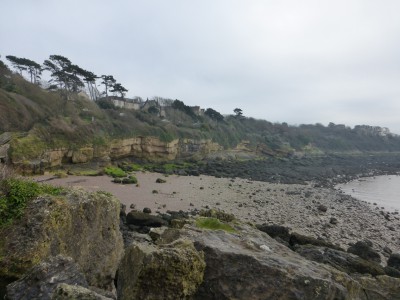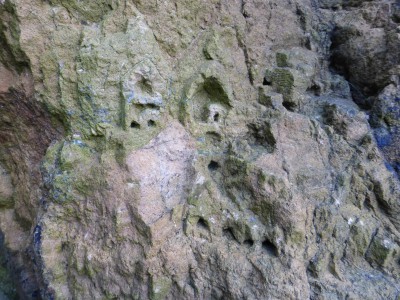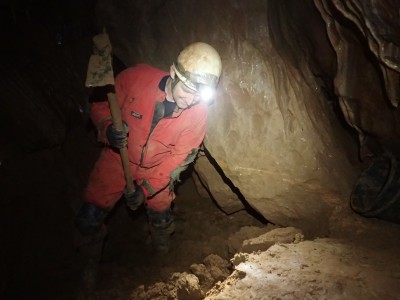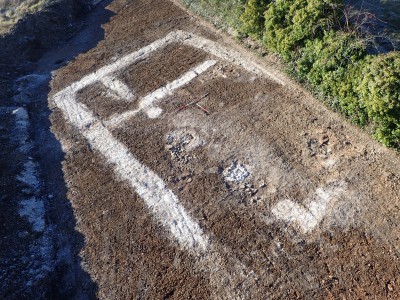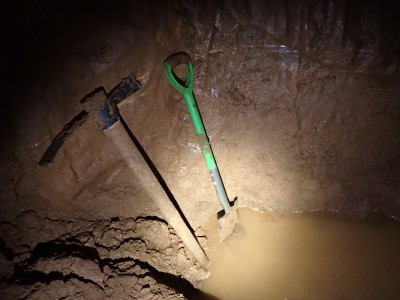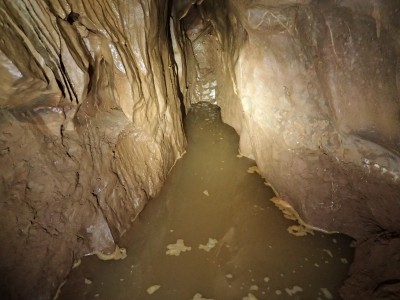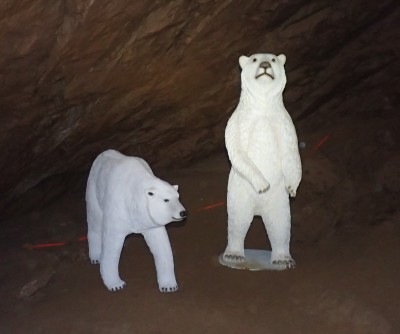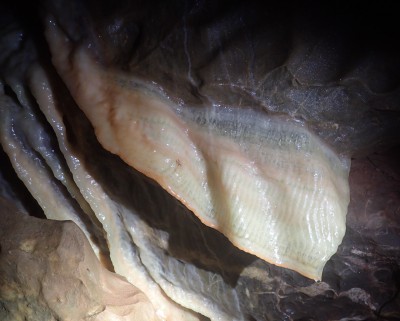2nd January 2017:
After yesterday’s wet and miserable weather, today started with a frost, it was dry and the sun was shining in a blue sky.
Followed the Mells river valley from Great Elm down to Vallis Vale, near Frome to take a look at a Mendip geo-classic; the ‘De La Beche’ unconformity.

Described in the 19th century by Conybeare and Buckland, and illustrated by Sir Henry De La Beche in the first memoir of the Geological Society in 1846.
Horizontally bedded, yellow Inferior Oolite limestone of Jurassic age overlies massively bedded, steeply dipping grey Carboniferous Vallis Limestone. There no intervening Triassic or Lower Jurassic rocks.
Then to Tedbury Camp.

Here the eroded unconformity surface is better exposed.
On the way from De La Beche to Tedbury Camp passed this good example of a lime kiln in a quarry near to the river.
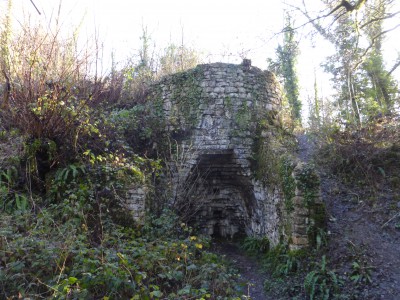
Reference: Farrant, A.R. 2008. A walker’s guide to the geology and landscape of eastern Mendip. Book and map at 1:25 000 scale (Keyworth, Nottingham: British Geological Survey).



